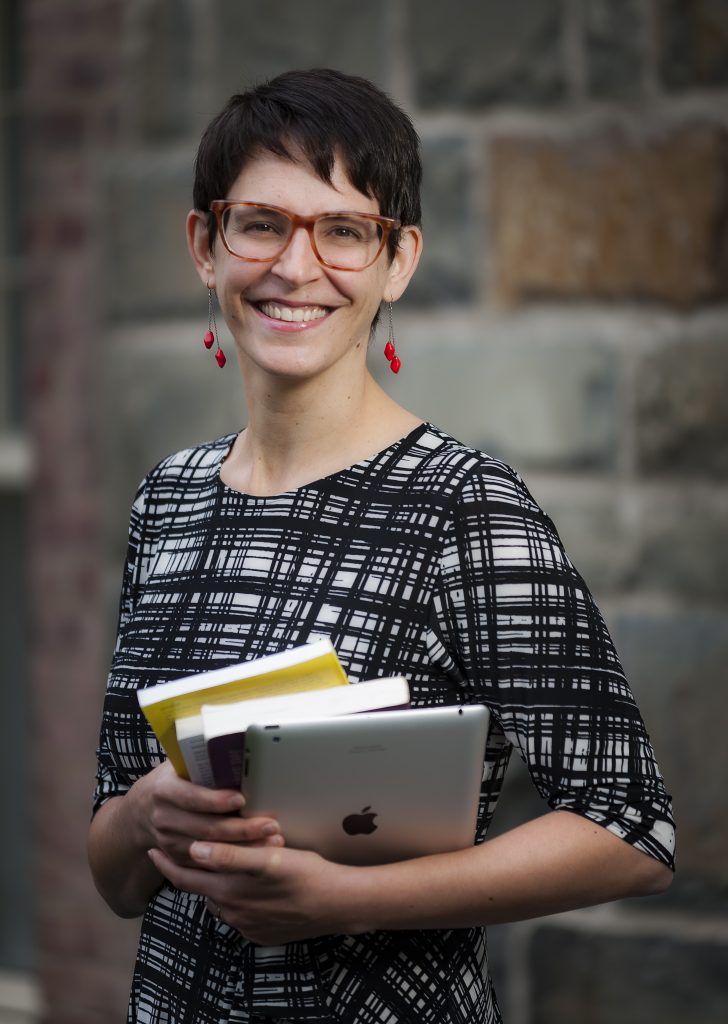Education professor talks classroom technology on “Academic Minute”
 Assistant Professor Kiersten Greene appeared on the Sept. 12 edition of WAMC’s syndicated program, “The Academic Minute,” to talk about the rapid pace of technological change in k-12 classrooms, and the importance of helping teachers keep up with the trend.
Assistant Professor Kiersten Greene appeared on the Sept. 12 edition of WAMC’s syndicated program, “The Academic Minute,” to talk about the rapid pace of technological change in k-12 classrooms, and the importance of helping teachers keep up with the trend.
Greene’s discussion focuses on the 2014 passage of the Smart Schools Bond Act in New York State, which allocated funding to increase access to technology among students and teachers. She critiques the lack of clear and consistent planning for providing professional development to help teachers use new technologies efficiently, and how this and other aspect of the act may have unintended, adverse effects on districts in low-income areas.
“Inequitable professional development practices help ensure that school districts serving historically marginalized populations—especially those that primarily serve students of color and working-class and poor students—will have less access to improved opportunity through the Bond Act than their more affluent counterparts,” Greene said in the broadcast.
“My work serves to raise awareness about and offer recommendations for this paradoxical aspect of the Smart Schools Bond Act, as access to technology alone cannot improve opportunity for students throughout New York State.”
Greene works to address some of the gaps in teachers’ technological skill as the organizer of the SUNY Smart Schools Summit at New Paltz, an interdisciplinary conference dedicated to supporting teachers in the context of the Smart Schools Bond Act.
About “The Academic Minute”
“The Academic Minute” is an educationally focused radio segment produced by WAMC in Albany, N.Y., a National Public Radio member station. The show features an array of faculty from colleges and universities across the country discussing the unique, high-impact aspects of their research. The program airs every weekday and is run multiple times during the day on about 50 different member stations across the National Public Radio spectrum. For more information, visit http://academicminute.org/.

